Gaco oarlocks apply the mechanics of racing oarlocks to recreational rowing.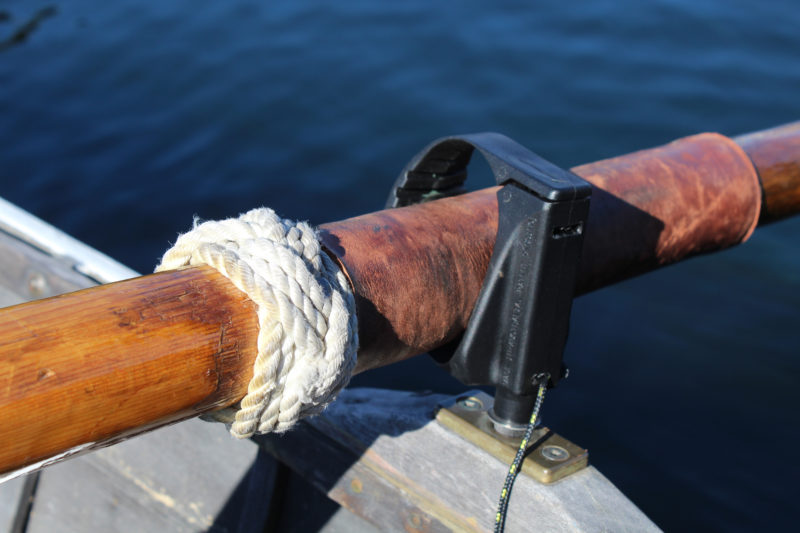 photos and video by the author
photos and video by the author
Join The Conversation
We welcome your comments about this article. To include a photo with your remarks, click Choose File below the Comment box.
Comments (5)
Comments are closed.

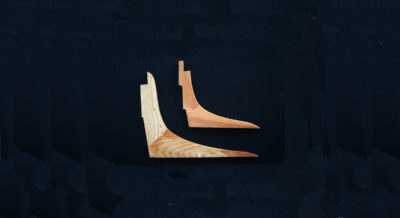


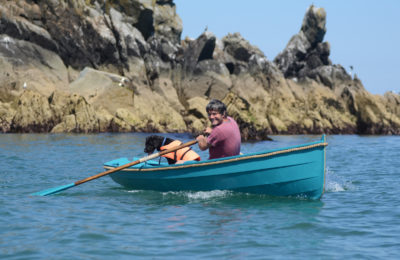
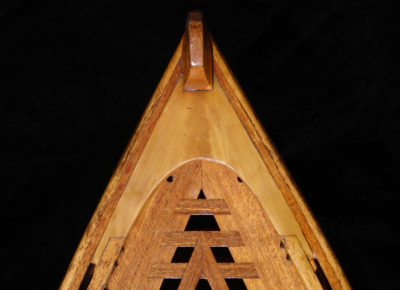

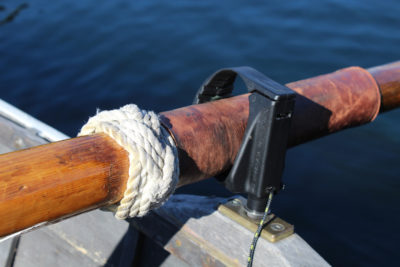

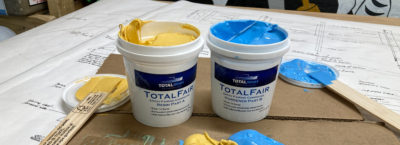
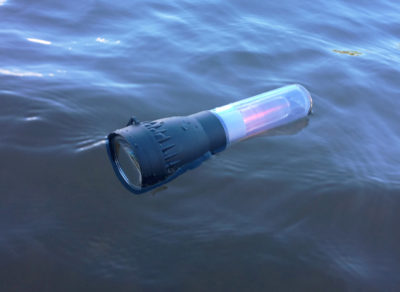
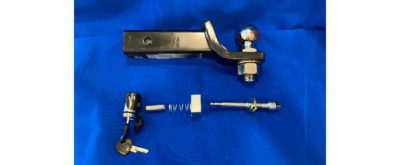

Can you reverse row—push against the strap away from the pin—at full pressure, or do you have to stop and turn them around for forward facing rowing?
I did some sudden stops and rowed backwards and the locks did fine when I put the pressure on the side of the lock opposite the pin. The molded plastic is very stiff and the latch is quite secure.
Technology catching with ancient methods. How does it compare to the obviously sharply honed technology on racing shells?
The locks used on racing shells date back at least to a patent (165,072) filed in 1874.That racing lock, and subsequent forms of it, had a gate at the top that opened to let the oar in. That’s necessary for a lock fixed to the outrigger. In a racing shell the gate has to be easily operated with one hand. The Gaco’s “gate” requires a screwdriver and both hands to open. Because the lock stays with the oar and not the boat, the gate doesn’t need to be opened. Aside from that, the oval opening in the Gaco lock is designed for round looms. Racing-shell locks are designed for a D-shaped cross section. The racing-shell lock has an external post to support the lock; Gaco’s post is internal. Aside from the structural differences, the function—putting the rotation forward of the oar, rather than underneath it—is similar.
If you look at the Gaco website you’ll find they also make carbon-fiber spoon blades for oars and suggest constructing shafts for them with a D-shaped cross section (actually more of a trapezoid with rounded corners) for use with their oarlocks. I have a set of their oarlocks that I use with oars with a D-shaped cross section and they work well. I also have a set of their spoon blades but have not yet completed the rest of the oars.
I’d also like to say that Gaco has great customer service and fast shipping even though they are based in Australia.